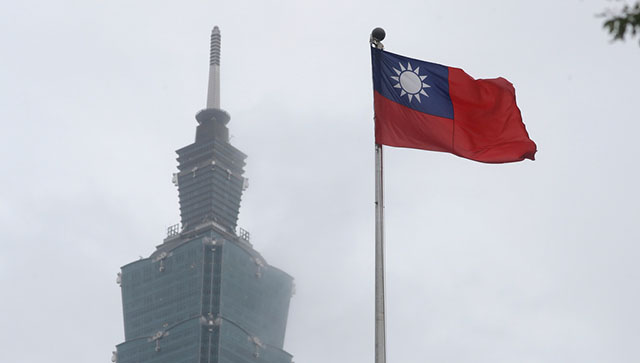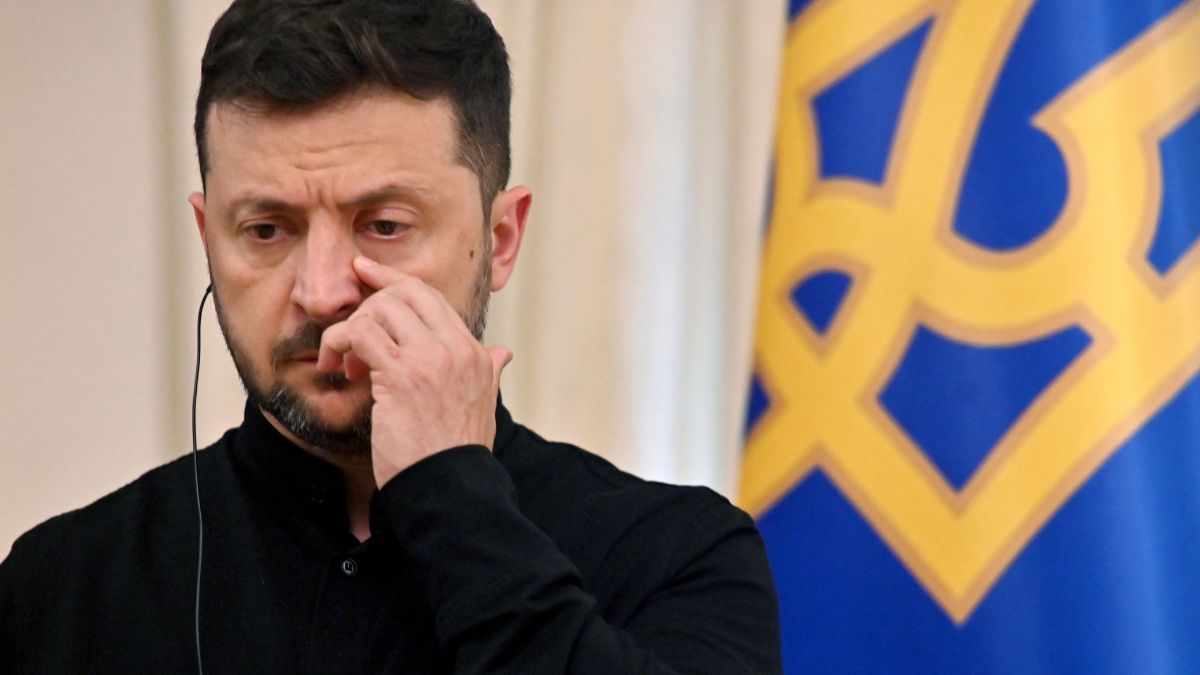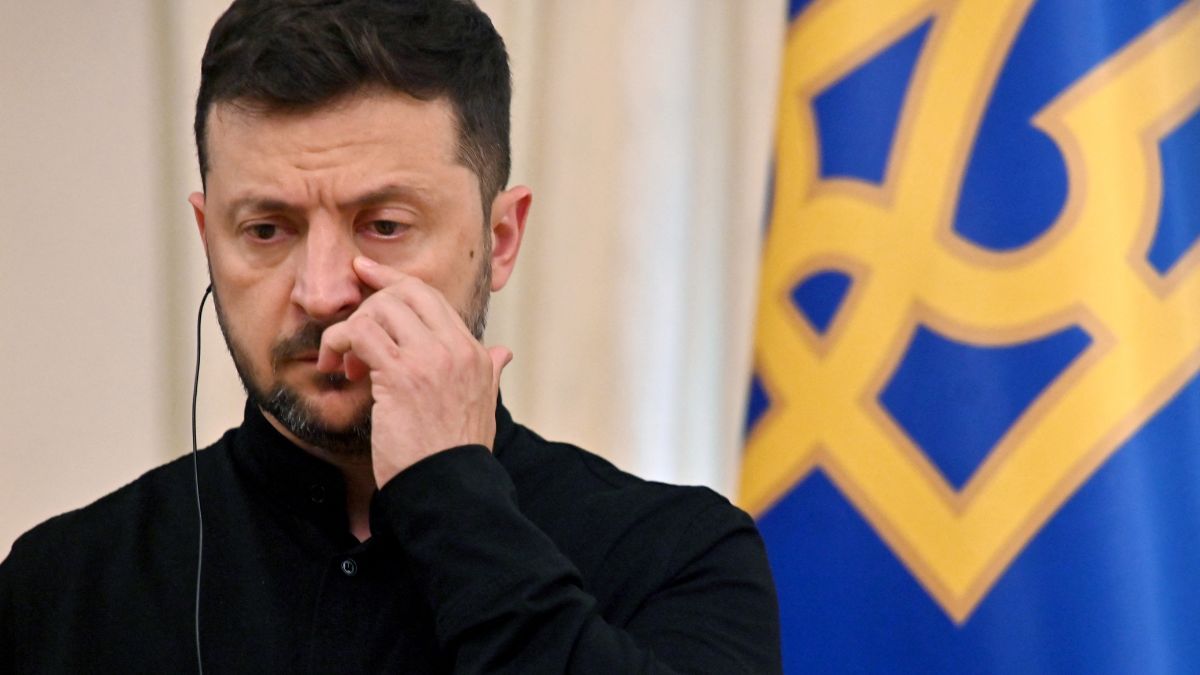After Israel, Taiwan wants 100,000 Indian workers for factories, farms and hospitals. Taiwan is offering Indians pay parity with locals and insurance policies. The two nations will sign an employment mobility agreement by next month. India already has employment contracts with Japan, France and the UK, and similar deals are evolving with the Netherlands, Greece, Denmark and Switzerland. Ageing local populations are forcing these countries to seek younger employees from friendly democratic countries like India with good quality human capital. Notwithstanding India’s ‘One-China Policy’, India has been strengthening people-to-people contacts, trade, business, educational and cultural ties with Taiwan. Despite both nations not maintaining official diplomatic relations, the India-Taipei Association was established in Taipei in 1995 to promote non-governmental interactions between India and Taiwan and has also been authorised to provide all consular and passport services. Manharsinh Laxmanbhai Yadav, who served in the Prime Minister’s Office till recently, is India’s new representative in Taiwan. Meanwhile, Taiwan has presidential elections in January 2024. Taiwanese firms have emerged as key players in India’s efforts to ramp up its capability to manufacture semiconductors needed for products ranging from automobiles to electronic items. Many analysts suggest that India and Taiwan are seeking to strengthen relations to counter the Chinese threat. The recent presence of three former Indian military Chiefs in Taiwan for a private visit had raised “what’s up” tentacles for some. China’s Taiwan Strait Aggression Former US Speaker Nancy Pelosi’s visit to Taipei triggered large-scale Chinese military exercises beginning on 3 August, 2022. Analysts call it the Fourth Taiwan Strait Crisis. It has also been triggered by increased erosion in US-China relations. Of late, China had started claiming the Taiwan Strait as an internal waterway. Cautious US diplomatic attempts to initiate some kinds of talks have still to yield results. There continues to be a risk of miscalculations. Meanwhile, US President Joe Biden and Chinese President Xi Jinping are meeting prior to the 30th Asia Pacific Economic Cooperation (APEC) forum in San Francisco. The First Taiwan Strait Crisis of 1954-1955 involved intense saber-rattling between US and China, and a semi-successful amphibious operation by the People’s Liberation Army (PLA) with the occupation of a few scattered islands. The Second Taiwan Strait Crisis (1958) was a failed bluster by Mao Zedong. The Third (1995) was a reaction to Taiwanese President Lee Denghui’s visit to the US. The still continuing current crisis has involved exercises all around Taiwan, and the firing of PLA missiles that flew over Taiwan to hit targets in the sea east of the island nation. Missiles were also fired on targets in what Japan claims as its exclusive economic zone that China claims is theirs. Two Chinese carriers have been taking threatening postures out in the sea. The US Indo-Pacific Command can muster five aircraft carrier groups with F-35 class fighters and massive firepower. USA has a significant military presence in Japan, South Korea and its own Islands including Guam. It has a military presence in the Philippines. US B-2 bombers can operate from Australia and elsewhere. US allocates large sums ($9.1 billion) for the Pacific Defence Initiative (PDI). The newly introduced Taiwan Deterrence Act and Arm Taiwan Act authorise $2 billion and $3 billion a year respectively in foreign military aid to procure defence systems. Taiwan is also increasing indigenous defence production. Strong pro “freedom of seas” partners The US allies/partners in the region include Japan, South Korea, Philippines, Australia, and India. Some European countries like UK, France and Germany have interests in a free Indo-Pacific. Japan is increasing its defence spending. Many ASEAN countries have lost territory or Exclusive Economic Zone (EEZ) in the South China Sea (SCS) because of China’s aggressive push. They are therefore angry with China. Major friends of China are North Korea, Pakistan, Myanmar and Cambodia. All of these are facing economic and political crises. Russia has currently been pushed into Chinese arms, but in the long-term Russia has always been suspicious of China. Clearly, the balance of power is in the US’s favour. This acts as a deterrence against the Chinese invasion of Taiwan. China is worried about a possible shift in US’s “One-China Policy”. China’s lessons from Ukraine China has closely watched Russia getting bogged down in Ukraine despite huge military asymmetry and advantage. The flat terrain in the wheat fields of Ukraine and South-West Russia is the best campaign area, but movements have been slow. The West has supported Ukraine only with equipment. A large part of PLA’s military assets and doctrines are Russian-oriented. Their success is being questioned. Russia could manage the sanctions reasonably because of its self-sufficiency in petroleum and food supplies. The same is not the case with China. China is hugely dependent on foreign trade and therefore requires free seas. Any sanctions will hugely affect its economy. Already the “Chip War” is having telling results for the Chinese economy. China’s internal dynamics After what happened to Hong Kong, Taiwan realised that there is nothing like “One Nation Two Systems” in China. Taiwan’s resolve to remain an independent free democracy strengthened. On the other side, China has an ageing population. Its economy is already slowing. Complex Chinese bureaucracy and top-down approach make evolved decision-making difficult. There is a simmering political unrest against President Xi Jinping. The fact that the foreign and defence ministers went missing and were later sacked is indicative. Chinese people are constantly under surveillance, censorship, and even repression. Also, the PLA is closely monitored by Communist Party Commissars. This affects professionalism. Complex military dimensions With the West occupied in Ukraine, and Israel, the strategic circles around the world have been debating if US is over-stretched, and “will China invade Taiwan for reunification”. While China is growing militarily, an invasion of a scale to cross 180-kilometre-wide (128-kilometre at the narrowest point) Taiwan straits has to factor in many aspects. The invasion would involve a major amphibious task force, landing and transporting of soldiers, armoured vehicles, artillery, ammunition, fuel, food, and medical supplies. Before all this can be done, China would have to run an air and surface campaign to suppress enemy air defences (SEAD). The island would have to be pulverised through a missile attack. After securing some parts of the island, airlifts would follow. The invasion would require a significant amount of preparation and training. Continuous surveillance of the area by US satellites would mean a loss of surprise. Taiwan has created huge defences along the coast. Immediately, from the shore, terrain in Taiwan begins to rise, with some of the highest elevations in the Indo-Pacific region. More than 200 peaks top 3,000 metres and the highest “Yushan” is 3,952 metres. Taiwanese air defence radars can not only look deep into China, but they are also well prepared for a possible invasion. Implementing an air or maritime blockade would not be easy with a heavy US presence in the region. Any invasion would mean unacceptable losses for the PLA. At any given time, there are around two aircraft carrier groups in the region. US and its allies are carrying out a large number of military exercises in the region to improve interoperability. US’s commitment to defend Taiwan is very significant as per the Taiwan Relations Act. China’s military still has limitations in range and reach to take on a possible US and Japanese intervention. Based on CCP propaganda, the world seems to overestimate China’s ability on the technological and military fronts. Taiwanese resolve to uphold sovereignty and liberty is steadfast. Effectively, short of invasion, China would like to keep aggressive posturing so as to extract concessions from the US. Conversely, US cannot be seen giving in to coercion. US expectations from India India is today a leader of the Global South and a rising economy and significant military power. US Indo-Pacific strategy hinges on the contribution by India to check China and act as a bulwark and pressure point. But historically India has maintained non-alignment and strategic autonomy. Also, India continues to be linked significantly with Russia for arms supplies. Therefore, any expectations from India have to be realistic for the foreseeable future. China’s unprovoked actions in Galwan in 2020 have angered 1.4 billion people and pushed India closer to the US and the other partners in the Indo-Pacific. Similarly, many ASEAN countries are not happy with China, though helpless for the moment. Alliances and partnerships with Indo-Pacific countries are crucial for the United States’ global strategy. The QUAD is a tacit anti-China alliance. Some are even calling it Asia’s NATO. The member countries are working very closely. They regularly have heads of state/government summits, 2+2 meetings, have interoperability agreements, and participate in military exercises with higher frequency. China is not happy with these activities. India’s support to prevent Taiwan invasion India is nearly diametrically opposite to Taiwan, across China. China’s annexation of Taiwan would have global power-balance implications. It will adversely impact India. Can India continue its docile wait-and-watch approach or contribute proactively to thwarting Chinese designs in the East China Sea. Through QUAD, India is already contributing to keeping Taiwan free. The status quo on Taiwan suits India as China’s focus remains eastward. With significant Indian military forces continuing to face the PLA across the Himalayas, China is conscious of its military being already committed to its southwestern border. India’s gradual but deliberate efforts to delink from Chinese supply chains will soon start affecting the Chinese economy. India’s growing economic and technological contacts with Taiwan are also somewhat helplessly being watched by China. Events in Taiwan have a much greater impact on India than that in Ukraine. The time has come for India’s strategic community to discuss how China can be prevented from adventurism over Taiwan. Also, if it inevitably happens, how it will impact India’s security and economy. Clearly, larger Chinese military assets will then move towards the Line of Actual Control (LAC). China could also become aggressive in its further claims in Ladakh and Arunachal Pradesh. PLA navy will also be free to move in larger numbers to the Indian Ocean. Japan, South Korea, Australia, India and ASEAN will then be impacted by China’s hegemony. Some countries like Japan and Australia may even seek US nuclear umbrella to deter China. It is thus in India’s interest to support forces that will strengthen Taipei and prevent a Taiwan invasion. The writer is Director General, Centre for Air Power Studies.Views expressed in the above piece are personal and solely that of the author. They do not necessarily reflect Firstpost’s views. Read all the Latest News, Trending News, Cricket News, Bollywood News, India News and Entertainment News here. Follow us on Facebook, Twitter and Instagram.
It is in India’s interest to support forces that will strengthen Taipei and prevent a Taiwan invasion
Advertisement
End of Article


)
)
)
)
)
)
)
)
)



